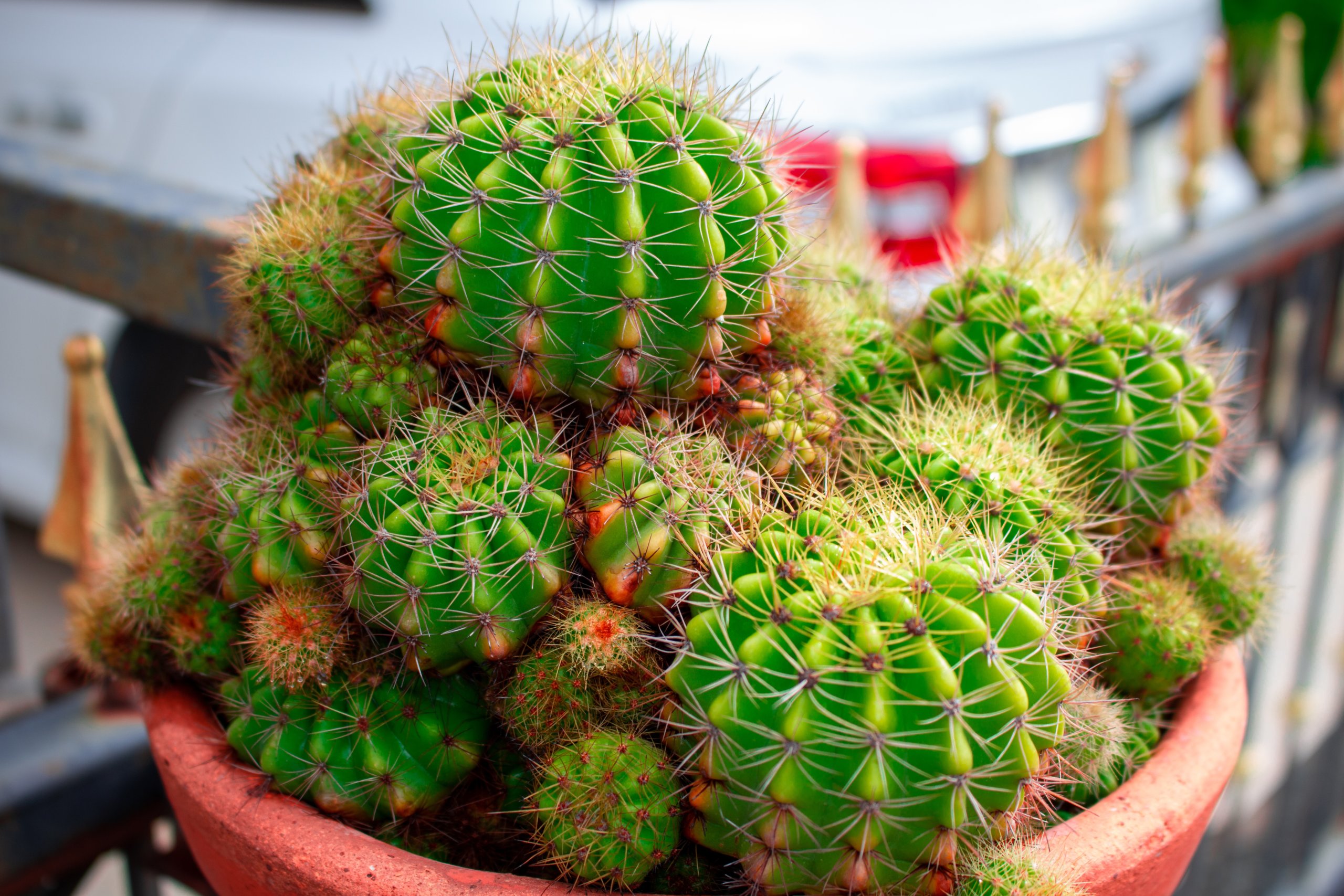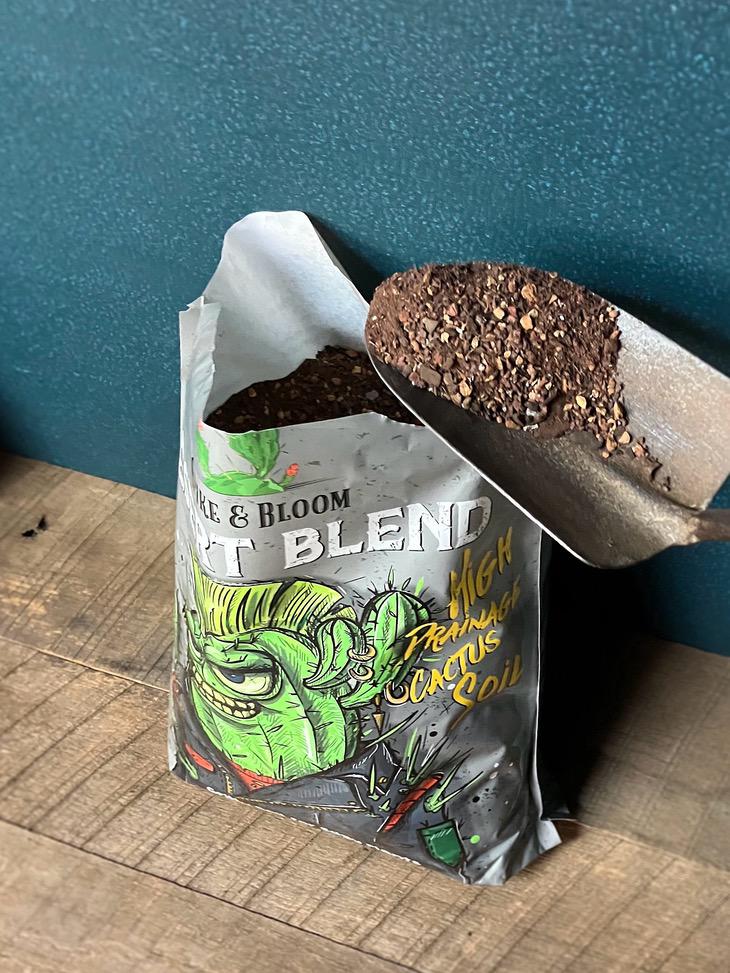Cactus Pups
Cactus pups make it easy to grow new plants without starting from seed. These small offshoots form at the base of a mature cactus and share its exact traits. You can separate and plant them to expand your collection or keep your cactus healthy by reducing crowding.
When you understand how cactus pups grow, you can decide when and how to remove them. The process involves letting the cut surface dry, planting in well-draining soil, and providing the right light and water. With simple care, each pup can become a strong, independent cactus.
Learning how to identify, remove, and care for cactus pups helps you multiply your plants with confidence. You’ll see how easy it is to create new growth and maintain thriving cacti at home.
Understanding Cactus Pups
Cactus pups grow naturally from mature plants and can be used to create new cacti. They form through vegetative propagation, making them genetically identical to the parent plant. Knowing how they develop, which species produce them, and why propagation is useful helps you care for your succulents more effectively.
What Are Cactus Pups
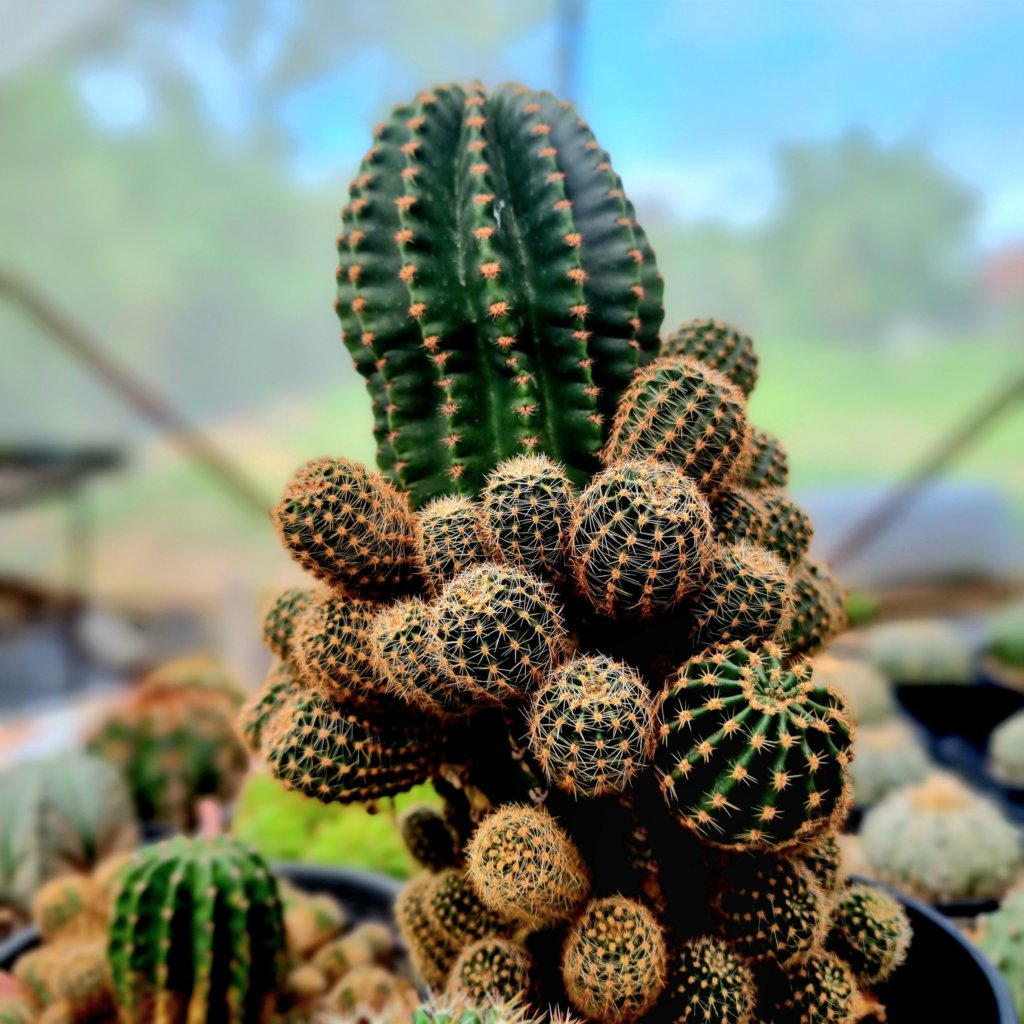
Cactus pups are small offshoots that grow from the base or sides of a mature cactus. They are sometimes called offsets or baby cacti. Each pup shares the same genetic makeup as the parent plant, which means it will have the same shape, color, and spine pattern.
You can usually spot pups forming where the main stem meets the soil. Some species also produce pups along ribs or joints. As the pups grow, they draw nutrients and water from the parent until they become large enough to survive on their own.
When removed carefully, pups can be planted separately to grow into full-sized cacti. This process avoids the need for seeds and helps you expand your collection more quickly.
Types of Cacti That Produce Pups
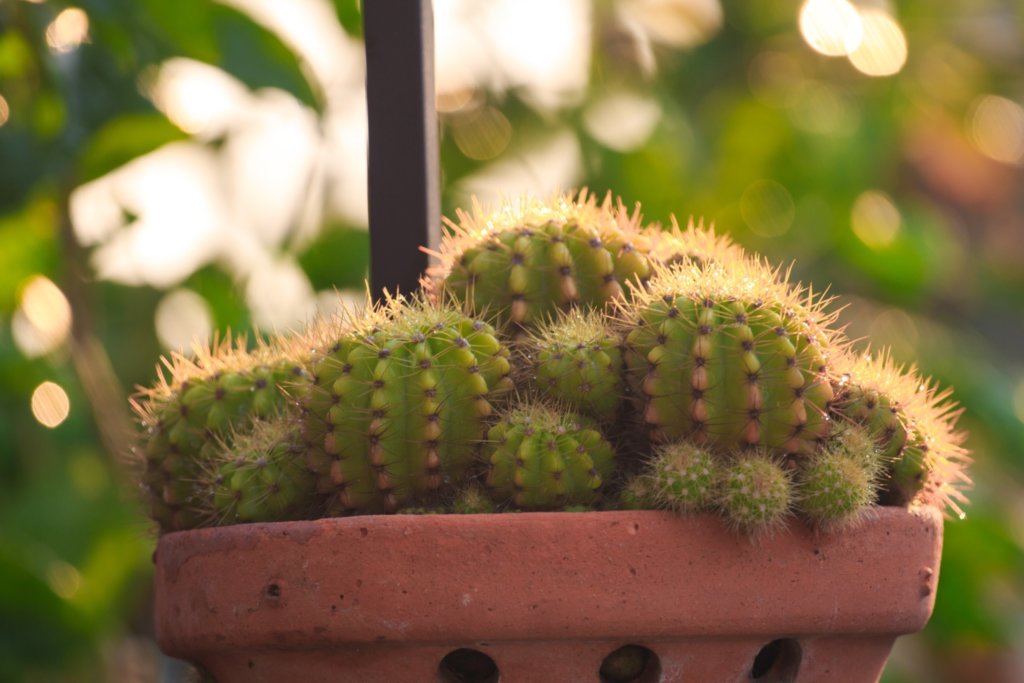
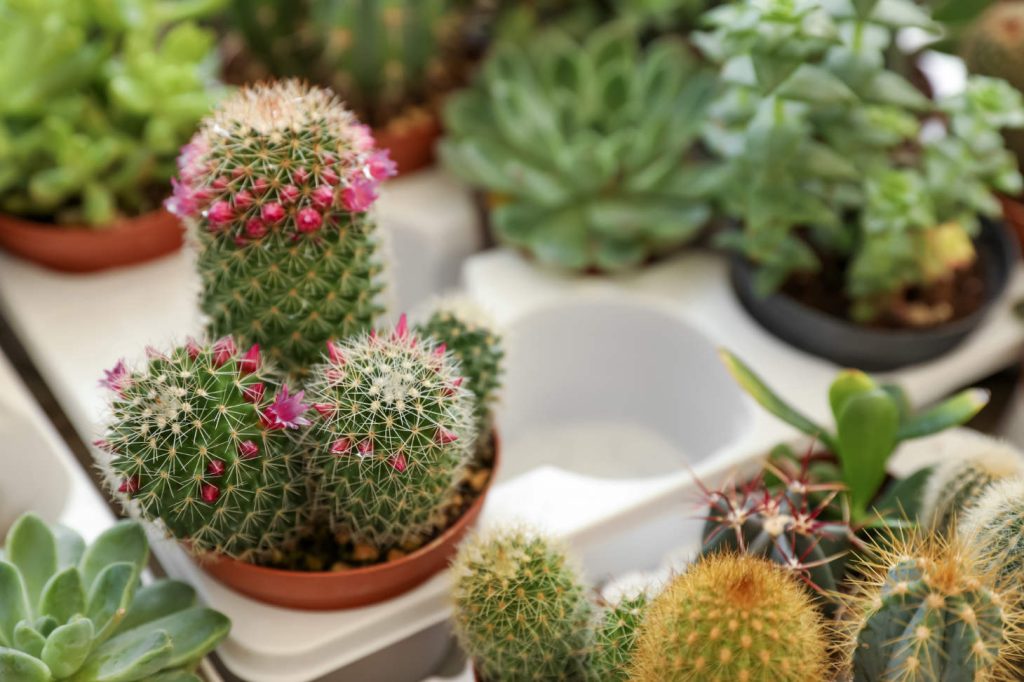
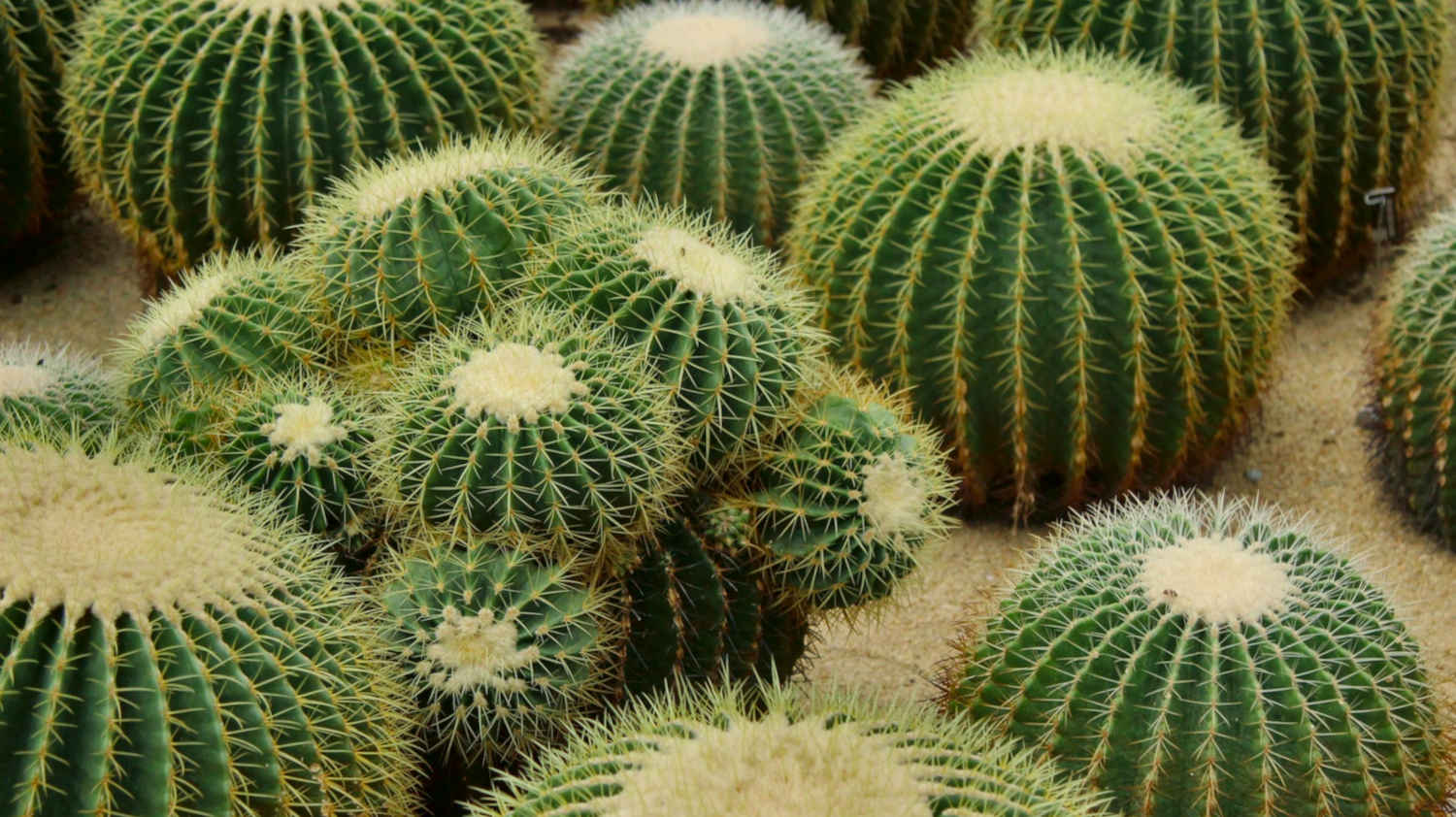
Not all cacti produce pups. Many clumping species or those with multiple stems are more likely to create them. Common examples include:
| Cactus Type | Common Name | Pup Growth Habit |
|---|---|---|
| Echinopsis | Easter Lily Cactus | Forms clusters at the base |
| Mammillaria | Pincushion Cactus | Produces dense rings of pups |
| Ferocactus | Barrel Cactus | Mostly develops pups around the base |
Some columnar cacti, like Trichocereus, can also form pups near damaged areas or after pruning. Environmental factors such as light, water, and age affect pup production. Healthy, mature plants in stable conditions often produce more offsets.
Benefits of Propagating Cactus Pups

Propagating cactus pups offers several practical advantages. It allows you to grow new plants that keep the exact traits of the parent, ensuring consistent appearance and growth habits.
You also save money by multiplying your existing plants instead of buying new ones. Propagation from pups reduces risk compared to growing from seeds, which can take years and may not produce identical results.
Separating pups can even improve the parent plant’s health by reducing crowding and competition for nutrients. For collectors, this method makes it easier to share or trade cacti with others while maintaining strong, healthy specimens.
How to Remove and Propagate Cactus Pups
Cactus pups grow at the base of a mature plant and can be separated to form new cacti. You need to identify healthy pups, choose the right time for removal, prepare your tools, and handle each step carefully to ensure successful cactus propagation.
Identifying Healthy Pups

Look for pups that are firm, plump, and similar in color to the parent cactus. Healthy pups often appear slightly raised from the base and show small root beginnings. Avoid any that look shriveled, discolored, or soft, as these may not survive after removal.
Check the size before separating. The pup should reach an adequate minimum size (often 1–2 inches) to ensure it has enough stored energy to grow independently. Smaller pups may still rely on the parent for nutrients and water.
Use gentle pressure to test attachment. If a pup wiggles easily, it’s often ready for removal. Strongly attached pups may need more time to develop before being cut away.
When to Remove Cactus Pups

Remove cactus pups during the plant’s active growing season, usually in spring or early summer. At this time, the cactus heals faster and the pups root more easily. Avoid removing pups during winter dormancy, when growth slows and wounds take longer to close.
Temperature and light also matter. Aim for warm conditions with bright, indirect sunlight. This helps the cut surfaces dry and prevents rot. If the environment is too humid or cool, the pup might not form roots properly.
If your cactus recently bloomed or was repotted, wait a few weeks before propagation. Giving the plant recovery time reduces stress and improves success when propagating cactus pups.
Tools and Preparation
Use clean, sharp tools to avoid damaging the plant or spreading disease. A sterilized knife, tongs, and gloves are essential. Many cacti have spines, so protective gloves keep your hands safe while handling the pups.
Before cutting, prepare a small workspace with paper towels or a tray to catch debris. Have a few small pots ready, each filled with a dry, well-draining cactus mix. Avoid using soil that retains too much moisture.
Keep rubbing alcohol nearby to disinfect your tools between cuts. This step reduces the risk of transferring bacteria or fungi from one plant to another. Proper preparation ensures a smoother and cleaner propagation process.
How to Remove Cactus Pups
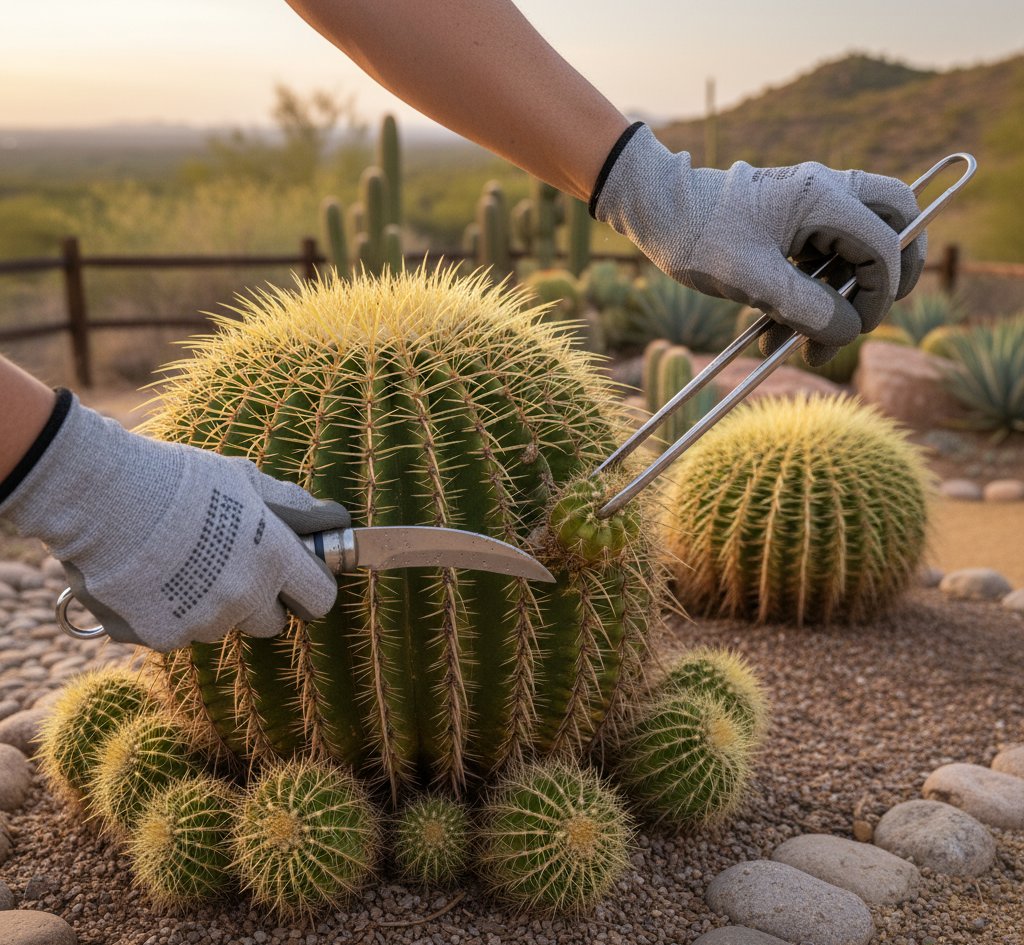
Hold the parent cactus steady and gently twist or cut the pup at its base. If it detaches easily, twisting is enough. For pups that are firmly attached, use your sterilized knife to make a clean, shallow cut close to the joint.
Place the removed pup in a dry, shaded area for 1–4 weeks until the cut end forms a hard, dry callus. This callus protects against rot once planted. Do not water during this stage.
Planting and Caring for Cactus Pups
Cactus pups grow best when you handle them carefully, use a well-draining soil mix, and provide sufficient bright, indirect light. Paying attention to each step helps the pup root faster and develop into a healthy, independent plant.
Choosing the Right Potting Mix
Cactus pups need a well-draining soil that prevents water from sitting around the roots. A good mix includes:
- 2 parts coarse sand
- 2 parts perlite
- 1 part potting soil
- 1 part coarse grit (such as chicken grit or clay)
You can buy a well-draining cactus potting mix or make your own. Avoid regular garden soil because it holds too much water and will contain bugs.
Before planting, make sure the mix is dry. Moist soil can cause root rot or fungal growth before the pup establishes roots.
Planting Cactus Pups
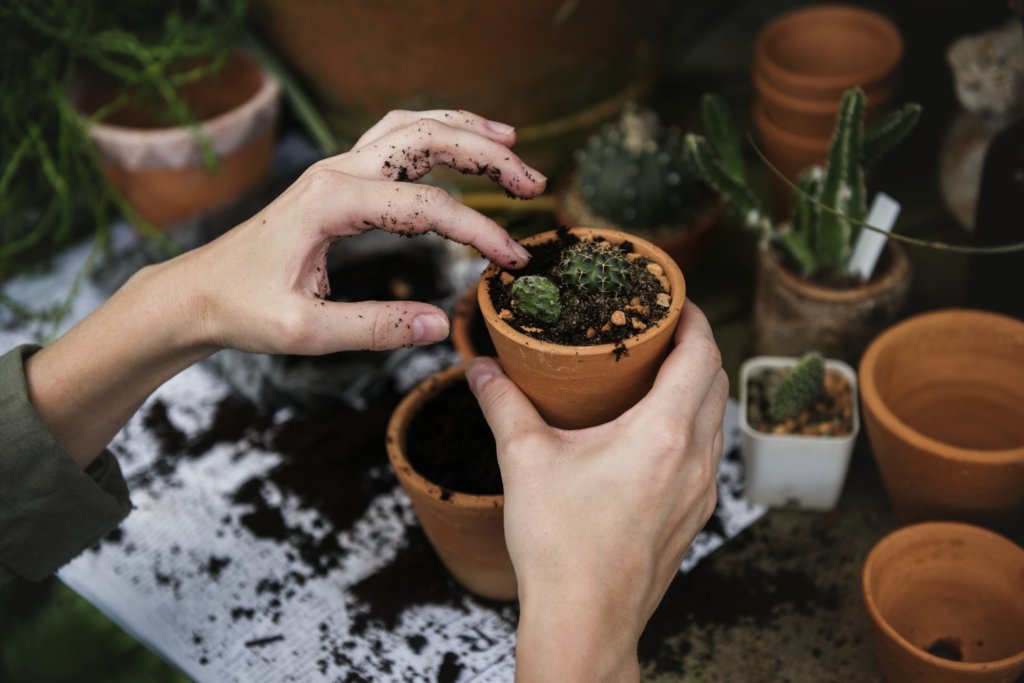
Once the pup has callused, fill a small pot with your prepared mix. Use a shallow container with a drainage hole to help excess water escape.
Gently press the pup’s base into the soil just deep enough to keep it upright. Do not bury it too far, as this can trap moisture around the cut end.
For stability, you can use small stones or stakes to support taller pups. Keep the pot in a bright, dry area but out of direct sun for the first week. Roots usually start forming within a few weeks.
Watering and Light Requirements
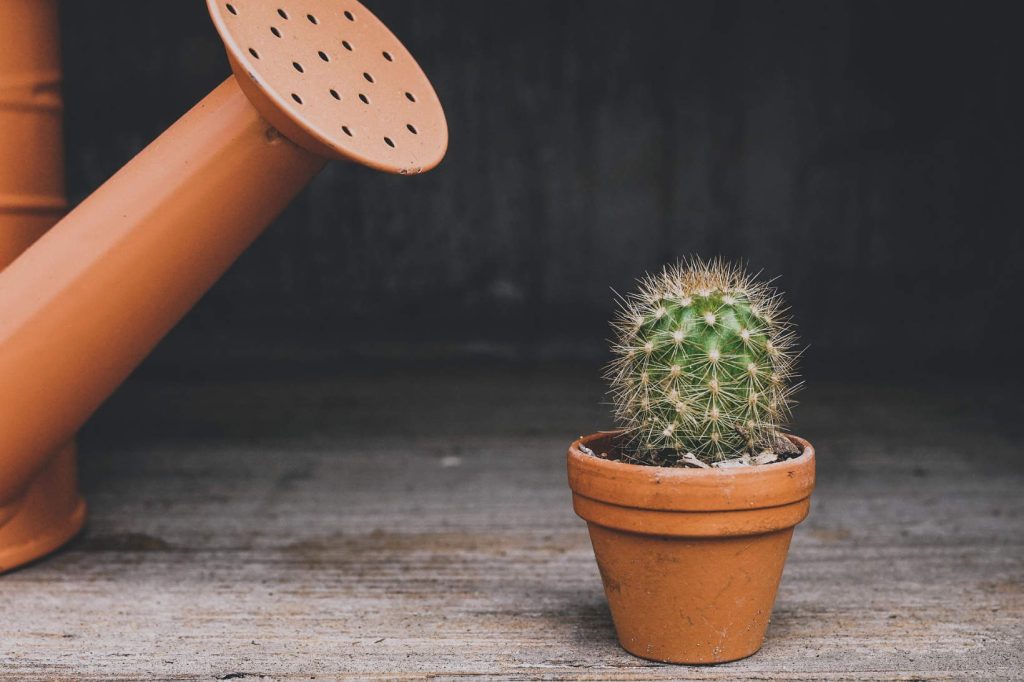
After planting, wait until roots form (usually 1-4 weeks) before watering. This delay allows the cut to finish sealing and reduces the risk of rot. When you finally water, do so thoroughly to encourage robust root growth.
Once established, water only when the soil is completely dry. Overwatering is the most common cause of failure.
Place the pup in bright, indirect light. Too much direct sun can scorch young tissue, while too little light slows growth. After a few weeks, gradually move it to a sunnier spot to encourage strong, compact growth.
Frequently Asked Questions
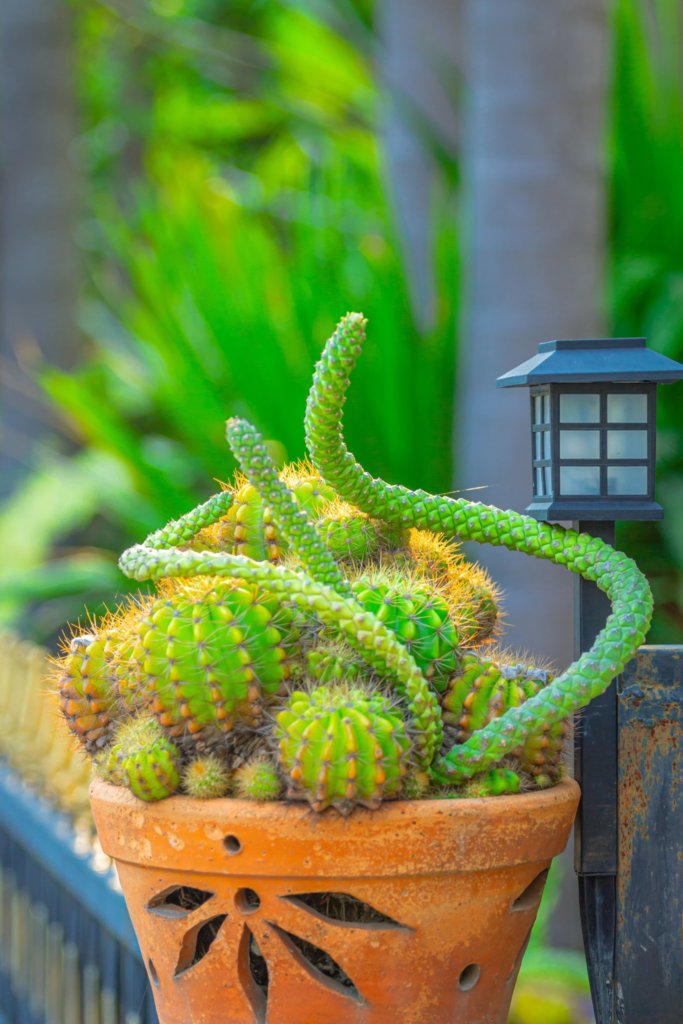
You can identify cactus pups by their small size and close growth to the parent plant. Proper removal, drying, and planting methods help them develop into strong, independent cacti under the right light, soil, and temperature conditions.
How can I identify cactus pups on my plant?
You can spot cactus pups as small offshoots growing at the base or sides of the main cactus. They often look like miniature versions of the parent plant. Some may have tiny spines or a slightly different color when they first appear.
What steps should I take to propagate cactus pups successfully?
Use a clean, sharp knife to separate the pup from the parent plant. Let the cut end dry for a few days until a callus forms. Then, plant it in well-draining cactus soil and water lightly after roots begin to grow.
Is it necessary to remove pups from a cactus for the plant’s health?
You don’t need to remove pups unless the cactus becomes crowded or you want to grow new plants. Leaving them attached won’t harm the parent plant. However, removing them can help improve airflow and prevent overcrowding in the pot.
Can you explain the growth process of pups on a cactus?
Pups form from the base or sides of the cactus as part of asexual reproduction. They develop roots while still attached, drawing nutrients from the parent. Over time, they can grow large enough to survive on their own.
What are the ideal conditions for cactus pups to thrive?
Cactus pups need bright, indirect sunlight and a warm environment. Use a gritty, well-draining soil mix and avoid overwatering. Allow the soil to dry completely between waterings to prevent root rot.
How do cactus pups differ in appearance from the main plant?
Pups are smaller and may have softer spines or lighter color than the mature cactus. As they grow, their texture and color gradually match the parent plant. They often appear more compact until they reach full size.

